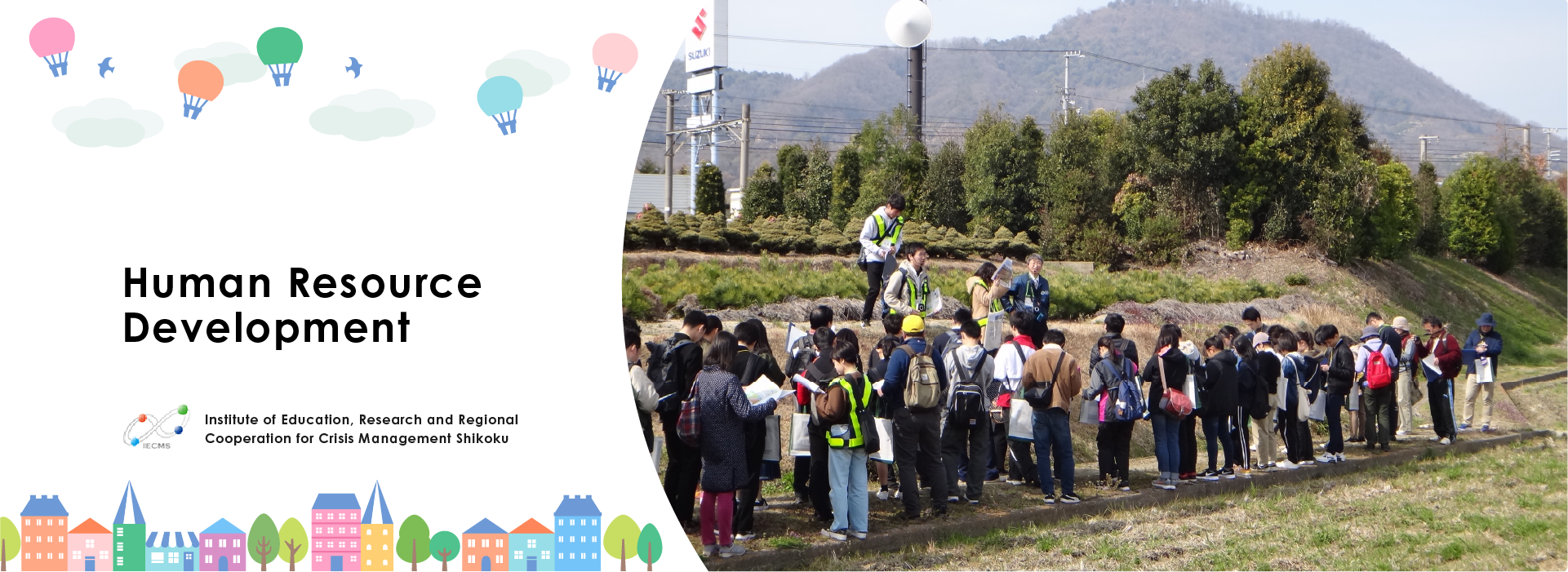
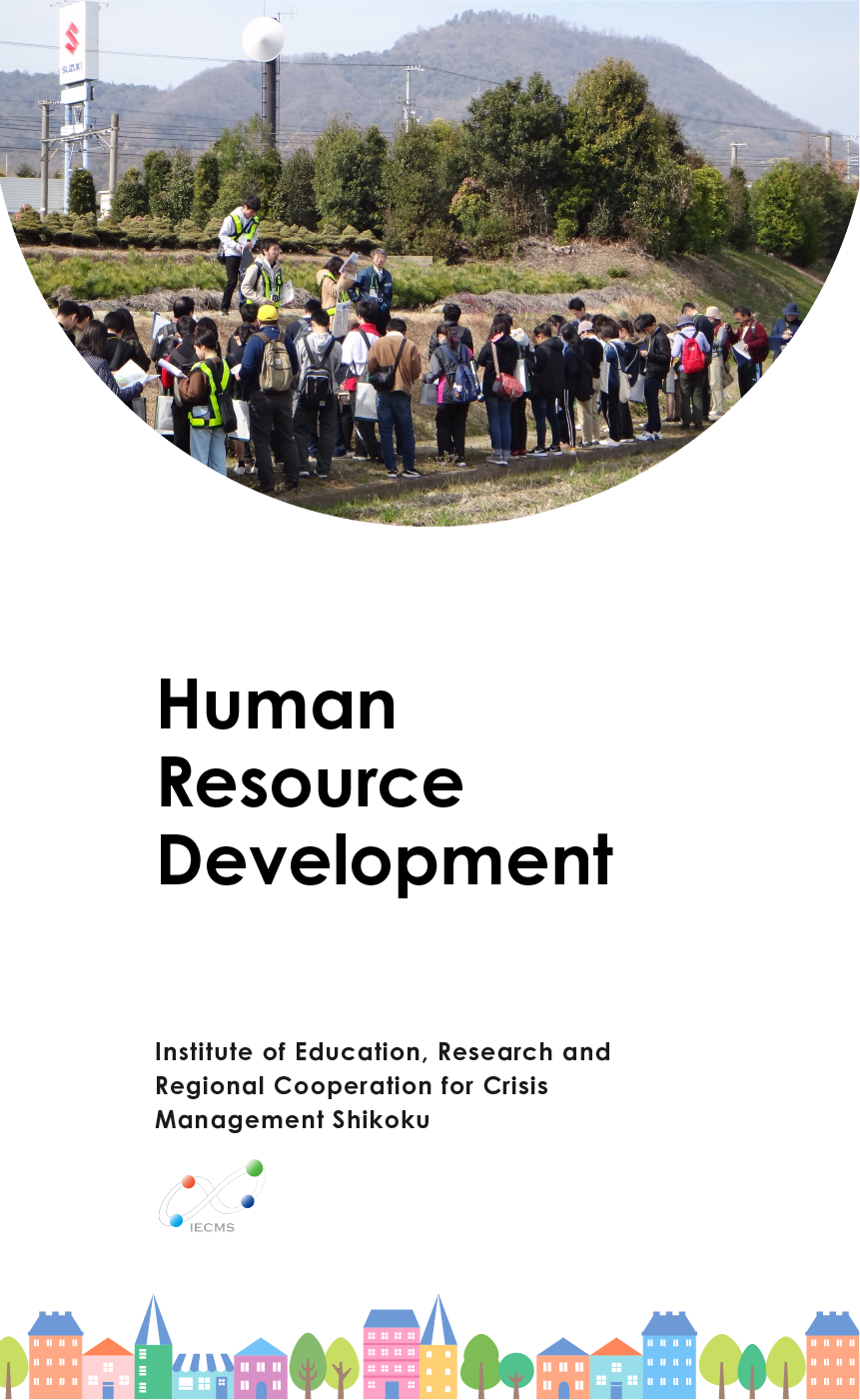



Development and implementation of disaster preparedness education programs and systems.
IECMS has been working with schools to develop and implement educational programs to foster disaster literacy among children. In this activity, we teach children the knowledge and actions to avoid danger according to their developmental stage, so that they can take evacuation actions by themselves in case of emergency.
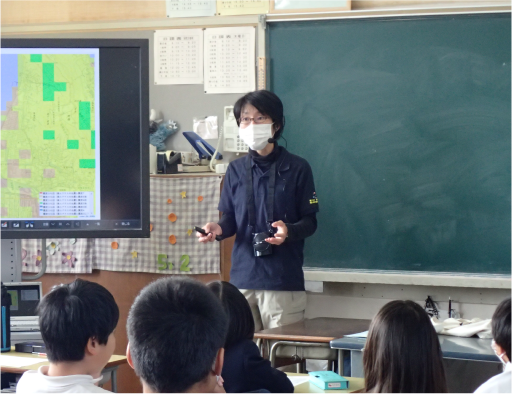
(A class for "Preventing Natural Disasters” by Professor Nonomura)
A scene of disaster preparedness education at Yashima Nishi Elementary School
In the class, children learn how to protect themselves from disasters by looking into hazard maps to learn about their neighborhoods and anticipate what will happen in the event of an earthquake.
Shikoku Disaster Prevention and Crisis Management Program (Forming Asian Hub)
Based on the Great East Japan Earthquake, this project aims to train specialists who can respond appropriately to large-scale wide-area disasters and globalized crises.
In response to the anticipated occurrence of a massive Nankai Trough earthquake, Kagawa University and Tokushima University have established a new special program in cooperation with Kagawa and Tokushima Prefectures, utilizing the results of collaboration and its outcomes in such areas as the "Disaster Prevention Specialist Training Course" and "Construction Industry BCP Formulation Support". We are working to train experts in disaster and crisis management with the practical skills needed by society.
The Shikoku Disaster Prevention and Crisis Management Program offers the following three courses.
Disaster Prevention and Crisis Management Manager Training Course (Kagawa University)
This course is designed to train disaster prevention and crisis management managers to become leaders in disaster prevention at local governments, companies, hospitals, and other medical institutions.
Disaster Prevention and Crisis Management Manager Training Course (Tokushima University)
This course is designed to train disaster prevention and crisis management managers to become leaders in disaster prevention and response in local governments and companies.
School Disaster Preparedness and Crisis Management Manager Training Course (Kagawa University, Tokushima University)
This course is designed to train teachers who can protect the safety and security of children and students. (We are not taking applications this year.)
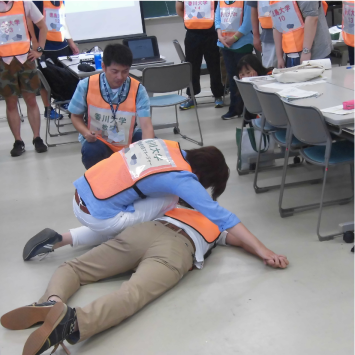
Evacuation center management game
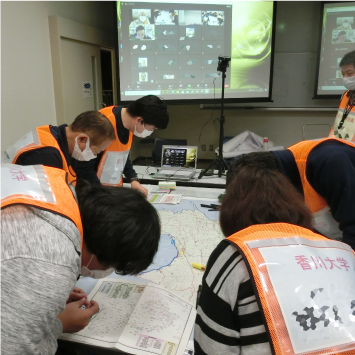
On the Disaster Map Training
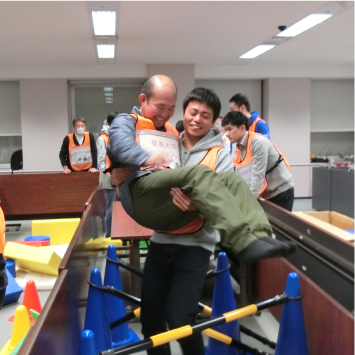
Evacuation Simulation game
Walking around the city
IECMS conducts "city walks" with university students and others at various locations. One of them is "Brahase".
This is an educational program in which Deputy Director Hasegawa leads students to think about things from the origins of the earth through city walks with them. This program is structured in such a way that the students are given a task each time, and they unravel the answer to the task by themselves from the common scenery that we usually overlook without thinking.
Through these activities, IECMS is continuing to develop education to foster disaster literacy among students.
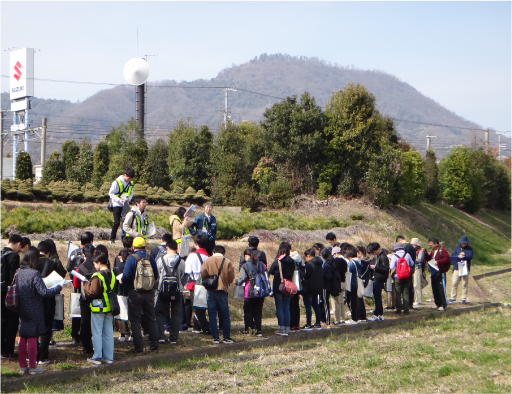
A scene from Brahasse
The theme of the Brahasse
How did Kinashi, Takamatsu City become the world's best bonsai town?
Comments from high school students who participated in this program

It was interesting to see the wisdom of our ancestors hidden in ordinary scenes, and how they were affected by disasters.

I usually pass by these roads without much thought, but looking at them from the perspective of disaster prevention has changed my perspective.
Disaster response competency development training using a disaster simulation / response competency training system
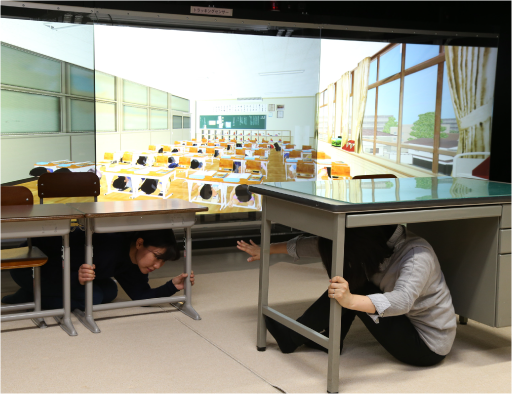
The Great East Japan Earthquake not only caused damage to individual local organizations (governments, companies, hospitals, universities, etc.) but also resulted in municipalities getting lost and the continuity of communities becoming threatened. Particularly, there were “unexpected” cases where people fell victim to the disaster while they were in schools, which were believed to be safe places, leaving many students, teachers, parents and local residents dead. It is our sincere wish that the lessons learnt from this disaster will be put into practice in the future, so that people can develop the ability to judge the situation appropriately and act accordingly to take necessary action to survive even if faced with an unexpected situation.
There are many possible “hardware” and “software” measures to this end. After all, however, the key is to develop human resources who can make effective use of, promote, and give instructions on, them.
Realistic disaster situations can be reproduced using 3D-VR (three-dimensional virtual reality) and audio equipment to allow training participants to simulate disaster conditions.
Participants can learn and develop the knowledge and skills required to make advanced situation assessments and take appropriate action through actually taking action while looking at 3D-VR images displayed by the system. Disaster situation images are shown on three 80-inch screens using 3D-VR. The narrator guides the behavior of participants. Participants move their bodies to make appropriate responses while looking at the images. The operator switches between different scenarios according to the behavior of participants to present them with unexpected situations.
Activities of fire departments by function
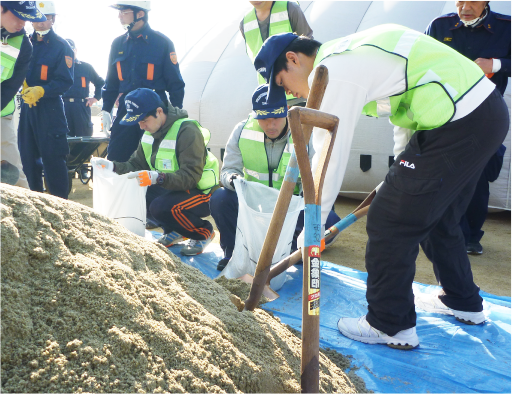
On July 2, 2014, Kagawa University formed a Function-specific volunteer fire department “ Kagawa University BOUSAI Support Team”, in response to a request from the Takamatsu City Fire Department. The purpose of the function-specific volunteer fire department is to support the reception of evacuees in the event of a large-scale disaster at the Saiwaicho Campus (Faculty of Law, Economics, and Education) and the Hayashimachi Campus (Faculty of Engineering), which have been designated as evacuation centers by Takamatsu City. The purpose of the activities of this team is to support the reception of evacuees in a large-scale disaster at the Saiwaicho Campus (Faculty of Law, Economics, and Education) and the Hayashimachi Campus (Faculty of Engineering and design), which have been designated as evacuation centers by Takamatsu City. One of the features of this team is that the team leader is a senior student who is certified as a disaster prevention specialist, and he or she guides and works with first-year students who are aiming to become certified disaster prevention specialists. Function-specific members are tasked with supporting evacuees in the event of a large-scale disaster. Therefore, team members are actively participating in community disaster prevention activities with residents of the area adjacent to the university campus.
Institute of Education, Research and Regional Cooperation for Crisis Management Shikoku
Copyright(C) 2022 Kagawa University All Rights Reserved.